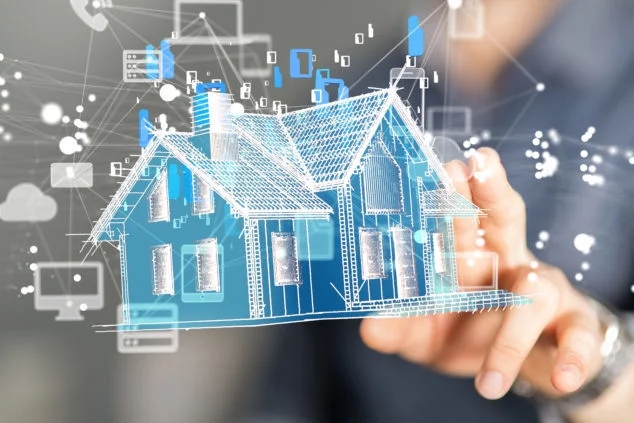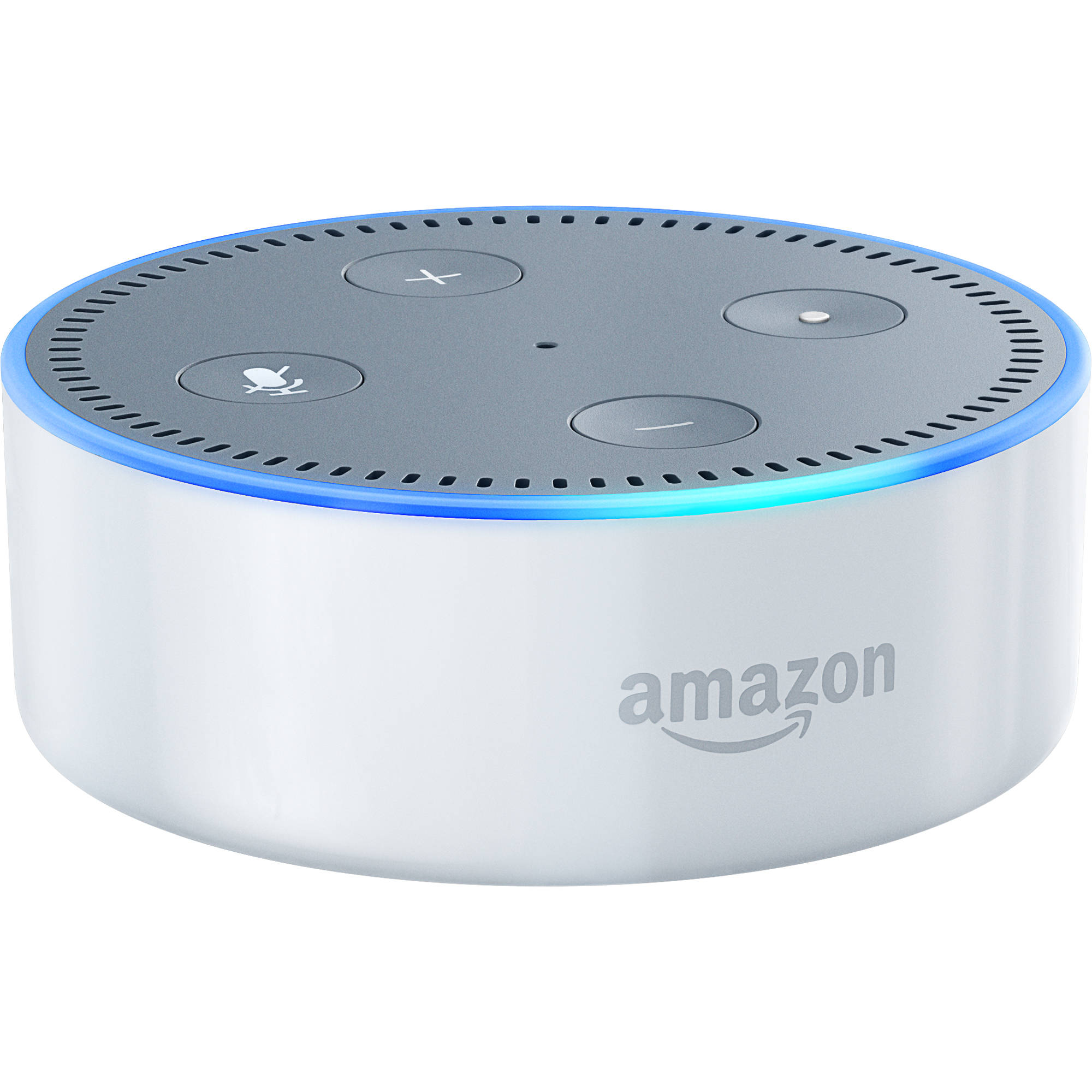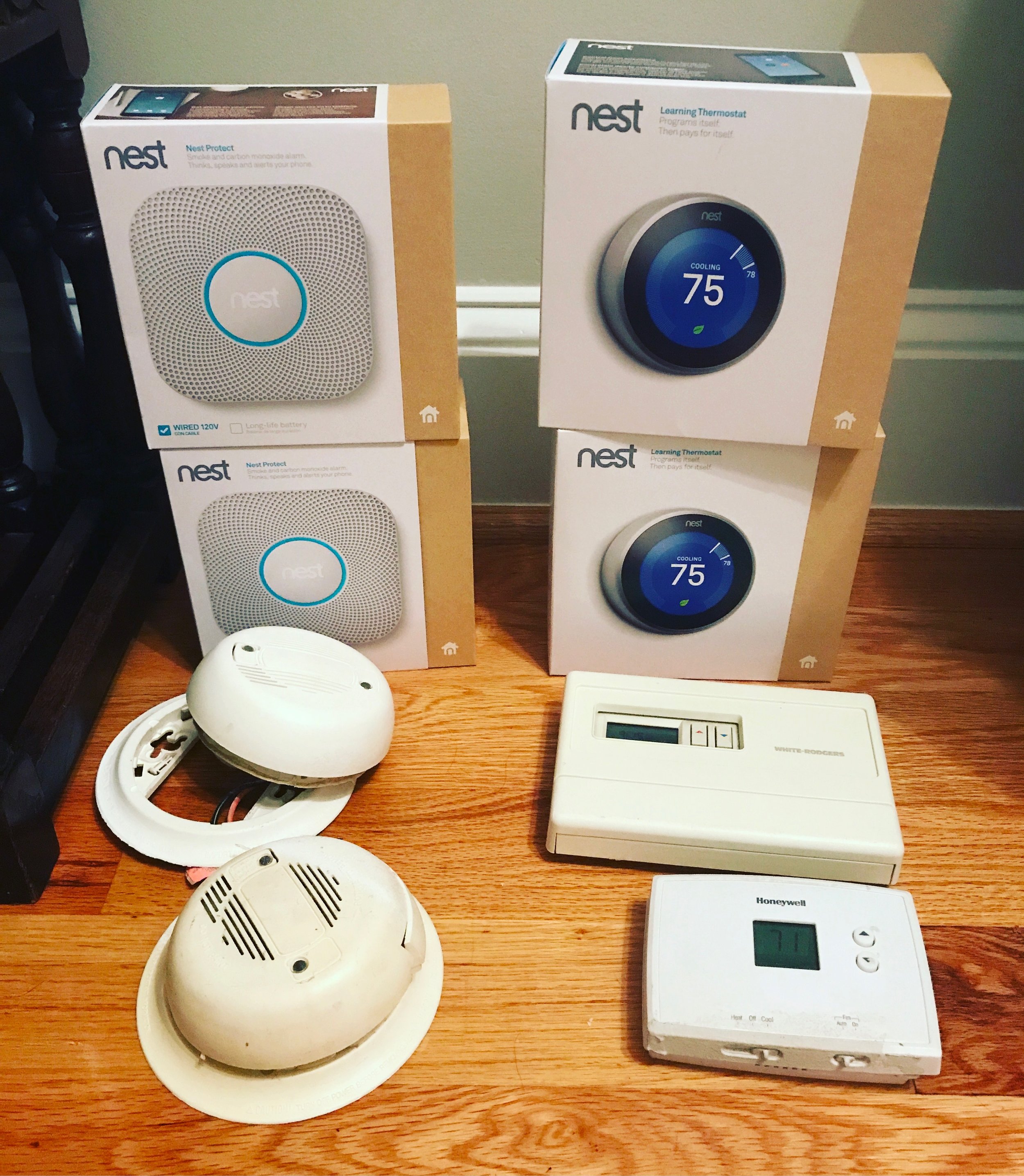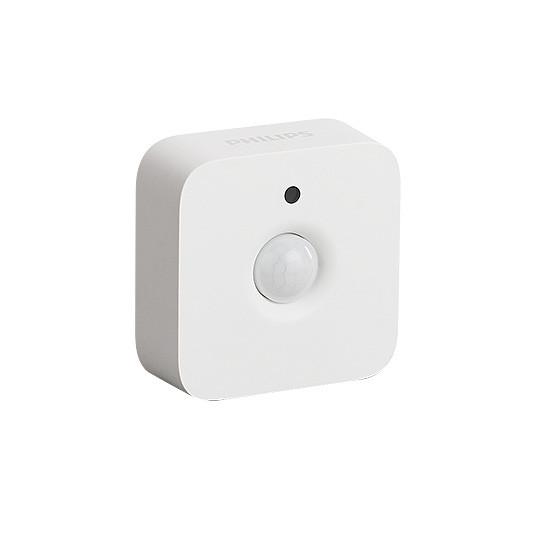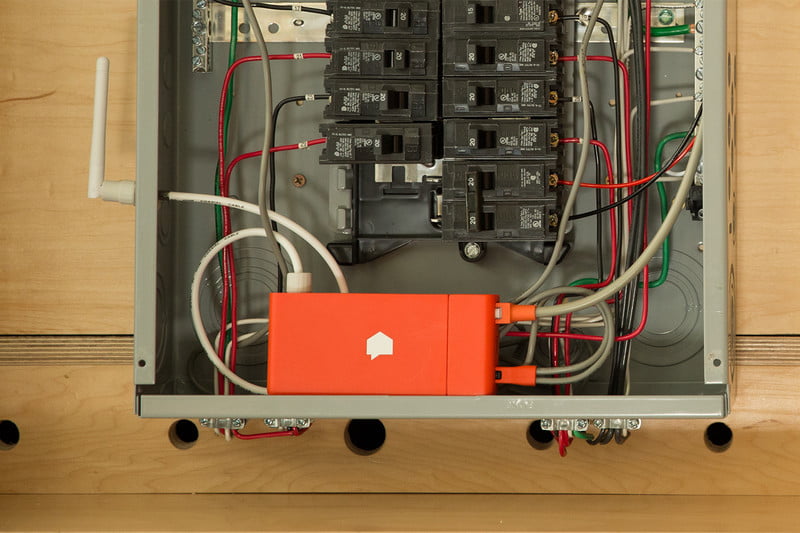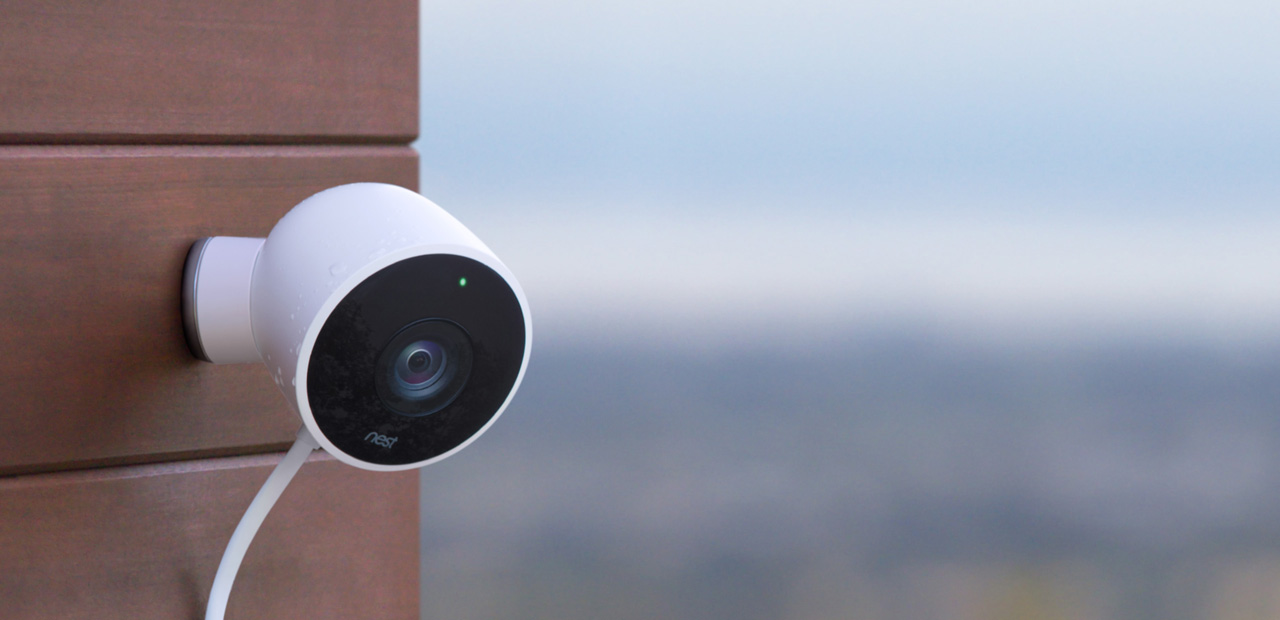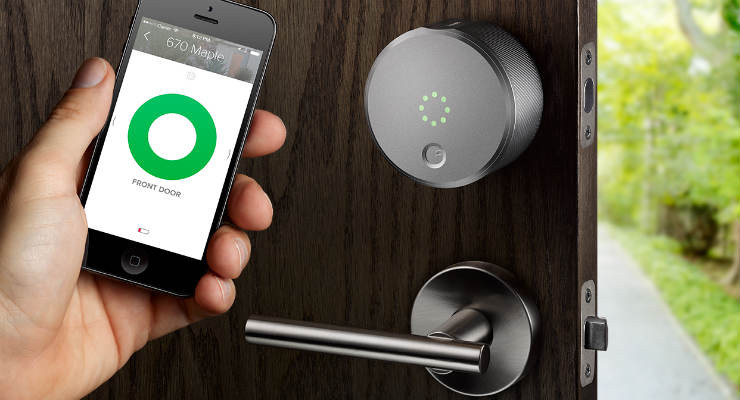We moved in to our house 11 months ago when my wife was 6 months pregnant with our first child. I had not lived in a home that I owned in 9 years so I was in super nesting mode and itching to play with all the smart home devices I could. This blog is about the devices and their connections that I have experimented with for home efficiency and security.
Smart Hub
When you start reading about home automation, Zigbee and Z Wave pop up a lot. They are the two most popular wireless protocols for home automation. You can ignore them both. You don’t need a Smart Hub trying to tie everything into a giant remote from the early 2000s. Its 2018 and you have a smart phone.
Everything you buy today has its own app and many can be controlled by other apps. So when buying a connected device look for Works with: Alexa, Nest, Google Assistant, Apple Homekit, and IFTTT. These platforms allow you to control your connected devices through other devices so you don’t have to fiddle with 20 different apps. We have set up many rules for when we wake up, go to sleep, and leave for work or vacation.
Virtual Assistant
A virtual assistant allows you to operate your devices through speech. These commands are fairly simple so choosing a virtual assistant is less about how good it is at communication and more about how many devices can be controlled, what ecosystem you are already using, what kind of sound quality it has, and how cheap the devices are so you can have them in multiple rooms.
Amazon’s Alexa was the first to the home virtual assistant market and it can control many more connected home devices than Apple or Google. Plus, we don’t use Android or Apple Music, but we do use Amazon Prime. So I put an Amazon Echo Dots in our living room, kitchen, baby’s room and master bedroom. Alexa has access to every connected device we have so Jeff Bezos knows everything anyone does in and around my house. The sound is terrible but we have a bluetooth speaker for each one when we listen to music. We mostly use them to play NPR or bedtime music for our daughter, turn on and off devices, answer random questions and keep a grocery list (accessible from the app while at the grocery store). There is a lot more that can be done but this is what we found most useful.
Works with Nest
Nest also works with every connected device we use. Nest’s products all are among the best for their categories if not the best and could be controlled from one app. Every product Nest has released just works and with little effort. Because many of our devices are Nest devices, we used the Nest rules to control the non-Nest devices for when we wake up, go to sleep, and leave for work or vacation. You can create commands like “If Nest Living Room Camera sees motion when no-one is home then Philips Hue Lights in Living Room turn on.
IFTTT
When we ran into a rule that was not supported through Alexa or Nest I used IFTTT, or If This Then That, to link connected devices. Its super simple to set up and run. IFTTT can be used for a lot more things than just home automation but the founder recently said that it was a surprisingly large part of their use.
Efficiency
Theory
Ideally we try to consume as little as possible while reusing as much of our waste as possible. We are not building our home from scratch so that leaves our system less than ideal.
Money, time, water, electricity, gas, sun, and wind can all be consumed by our homes while producing energy loss, garbage, recycling, waste water, and compost.
Electricity
Thermostat
I'm starting with the thermostat because its the biggest connected home energy efficiency you can get. Your local power company will probably pay you to buy a smart thermostat to lower the need for power during peak hours. The best smart thermostats learn from the outdoor temperature and where you like the temperature while you are at home, work, and vacation. Since temperature is something my wife and I tend to disagree on, its nice to be able to adjust what the thermostat has been learning. My wife still tells me that she is cold when I point to the thermostat’s reports on energy savings and how our HVAC energy use compares with others in our area. Our local power company, Georgia Power, gave us 50% of the cost for select smart thermostats. We installed the 3rd Gen Nest Thermostats but if I was going to buy one now, I would buy the Nest Thermostat E. It is the exact same thing and $80 cheaper. It just doesn’t work with some high end HVAC systems, but it would work for us.
LED Lighting
LED bulbs last longer and use less energy than any other bulb. They are more expensive at first but much cheaper over time. The most difficult thing about LED lighting is getting the color temperature correct. Normal white light, 5000K, is great for safety in streetlights because the human eye can see much more distance, colors and details. Unfortunately, it does not work well in a house because the house fells like a hospital. We wanted a warmer (more yellow) light so went with a soft white at 2700K.
Philips Hue is the best connected LED bulb on the market. With a little work you can make them perform any “routine” you can come up with. For instance, when I enter the baby’s room to change her diaper at 3AM, my motion is detected and the lights turn on dimmed enough for me to move around and stay on for 3 minutes, then they turn off. If I come in after 7AM, when my daughter needs to wake up, the lights turn on brighter to help her wake up.
Connected LED bulbs are expensive so we were strategic with where we put them. We started with the Philips Hue Starter Kit and added Philips Hue White A19 Light Bulbs with Philips Hue Motion Sensors where we wanted them. We replaced the rest of our incandescents with Philips LED A19 Light Bulbs to match the color temperature of the connected bulbs. We controlled the lights in the living room, master bedroom, baby’s room, front door and back door. This was an absolute lifesaver exhausted parents as well as a deterrent for any unwanted person walking approaching our house. The motion sensor detects sunlight as well as motion so we just leave the lights on and the motion sensor turns them off when there is enough light or there is no one in the room. It is also nice to tell Alexa to turn off the lights when its time for bed.
Smart Plug
I use the Wemo Mini Smart Plug to control devices that I don’t always want on but automatically turn on when the power is on and have no connectivity. It powered our Christmas tree because I was too lazy to plug and unplug it. I was able to connect it with the Philips Hue motion sensor in our living room and I could tell Alexa to turn on or off the Christmas tree. I am sure I will find more uses for this plug but I haven’t yet.
Going further with energy
Even though our energy consumption has dropped a lot, I am still interested in energy monitoring. So far the Sense seems like the best bet to monitors energy consumption.
Insulation
Insulation isn’t part of a connected home but it is a massive energy savings. We live in Atlanta and it gets hot here in the summer. The rule of thumb is that a third of energy is lost through the attic, a third through the basement, and a their through the walls. Our attic would be boiling and that heat would keep our HVAC running all day while we were home. Foam South applied open spray foam in our attic and now I can be up there in the middle of the hottest day and not break a sweat ($2500). We liked it so much we also got them to encapsulate our crawl space too ($1600).
We would have had Foam South insulate our walls too if we could. I will keep them in mind if we build our next house.
Windows
We already had double paned windows, but if we were to buy new ones they would have a NFRC rating of 0.40 or less. Unfortunately, the idiots who flipped my house installed the windows incorrectly leaving gaps under every window. Instead of rebuilding the decorative molding, I will be adding more to it to save time and labor but it is still a big enough job for me to put it off until I have enough time.
We also added blinds to every window and sound-proof blackout curtains to the bedroom windows. I would love to connect my blinds so that they automatically open in the morning and close at night. Unfortunately, the cheapest system I have found is $120 per blind, which is out of my price range.
Solar
Google's Project Sunroof, uses Google Earth to show you, your personalized solar savings estimate. They say that my installation would cost $26k and I would get $8k in federal rebates eventually only costing me $1000 over 20 years.
Water
My mother and I completely renovated the yard so we needed to install a sprinkler system. We had already been hit by some weird water bills so I wanted to make sure that the system was functioning correctly and only used water when it needed to. I installed the Rachio 3 Smart Water System because it monitors local weather stations for rain, freezes, and heat so it does not over water or damage the garden. Side Note: If you are interested in gardening, start composting by drilling a bunch of holes in a plastic trashcan.
Going further with water
I mentioned that we had a couple unusual water bills which were 10x our normal usage. Luckily Atlanta Water forgave us, but it got me thinking about installing a water monitoring device. So far the best one I have seen is Flo.
I hate needlessly wasting energy to keep a body of water heated even when we are out of town. As soon as I start renovating our kitchen I will switch to a tankless (on-demand) water heater.
If I ever build a house from scratch I would love to look into ways to reuse our grey water (the relatively clean waste water from baths, sinks, washing machines, and other kitchen appliances) in our toilets and in our irrigation.
Security
Front Door
I mentioned before that I have Philips Hue light bulbs with Hue Motion Sensors at the front and back door that turn on super bright when it senses someone. This is great for seeing what you are doing when you come home late or if you have a guest who doesn’t know the stairs. Additionally, this can act as a deterrent to someone who thinks your house might be a target. We have not had any break-ins or missing amazon packages, so it seems to be working.
We have Nest Outdoor Cameras watching the front and back sensing movement with HD video, night vision, and zoom. They also allow you to speak through them but the sound out is not as good as the sound in. We have Nest Aware for all of our indoor and outdoor cameras so we can see what has happened for the last 10 days.
There are lots of camera doorbells and smart locks with all the features I need: Bluetooth, Wi-Fi, remote access, one-time keys, family keys, timed locking, and proximity unlocking. Unfortunately, this technology is well intentioned but lacks performance. All of the smart locks on the market use battery power and batteries can run out quick. So we keep a jar full of batteries near the door and a spare key with us. I really like the idea of coupling the doorbell camera with the lock so we settled on the August Smart Lock Pro and August Door Bell Camera. There are a few new entrants since I purchased the August lock like the Nest Hello + Yale and Amazon Key. Both of these options seem to have the same battery/wifi connection problem. I really hope someone solves this soon.
Security System
Our house came rigged with ADT but I hated the idea of paying a monthly fee for monitoring, something I can do myself with any number of connected devices. I set up the Abode Starter Kit and added Door Sensors, Acoustic Glass Break Sensors and Indoor Sirens. I chose to ignore the Abode indoor cameras and set up Nest Indoor Cameras watching the entrance and exit of the house. When we are not home we have both Nest Camera and Philips Hue motion sensors all over the house which connect with Abode to set off the sirens and notify me to call the authorities. Nest just released the Nest Secure, but its missing a glass break sensor so I'm still sticking with my current set up.
This doesn't work all the time. We turn off the security system when we have guests because they system relies on the location of my wife and my phones. The system arms itself if we leave the house and then I get a panicked call from my mom trying to turn off the alarm.
Peace of Mind
We use a Nest indoor camera as our baby monitor and we take it with us when we travel. Having a baby monitor connected to wifi instead of bluetooth is a lot more reliable and we can go a little further with its better reach.
I travel a ton and it sucks missing out on home life especially when you have a baby. These Nest cameras allow me to checkin and see whats going on at home. It doesn't make up for not being there but it does make it a bit better.
Air Quality
We use Nest Protect as our smoke and carbon monoxide detector. It is 3x the cost of a regular detector and probably not worth it. It does speak and send me a notifications if something is burning in the kitchen but most of the time it is just a cool motion nightlight in the hallway.
I wish Nest Protect went further to detect volatile organic compounds (VOCs) and fine inhalable particles, with diameters that are generally 2.5 micrometers and smaller (PM2.5). I recently installed a Foobot to make up for the difference. Foobot sends me notifications if it detects a drop in air quality. It can also tell Nest to turn on the HVAC system or a local air purifier to clean the air. We use Filtrete MPR 2800 Ultrafine Particle Reduction HVAC air filters and BlueAir Blue Pure 211 as a local air purifier to make sure the air was clear of PM2.5 as well as the ridiculous amount of pollen I'm allergic to.
NASA came out with a guide to air-filtering houseplants. We bought some pots, potting soil and a bunch of English Ivy (Hedera Helix). English Ivy is good for filtering out Trichlorethylene, Formaldehyde (forest fires, automobile exhaust, and tobacco smoke), Benzene (gasoline, rubbers, lubricants, dyes, detergents, drugs, explosives, and pesticides), and Xylene (gasoline and aircraft fuels).
Shopping
All of this can get expensive fast and some things you buy, you use for a while but a better version comes out. Whenever purchasing smart home products, check to see if your local energy provider (like Georgia Power Marketplace) for rebates.
We need a way to buy things cheap and sell things for as much money as possible. The bigger the market the more product selection and the better the market is at finding the right price. I have posted apartments, furniture, appliances, apple watches, and routers using the same language and pictures on Facebook Marketplace, Nextdoor, and Craigslist. My posts on Facebook Marketplace consistently got more responses and higher offers than Nextdoor and Craigslist. I can see that a buyer/seller is a real person on Facebook and sometimes we even have friends in common.
Connected Home Devices
I love playing with this stuff and they seem to be getting smarter, more connected, and easier to install. Please let me know which devices you like/hate and I will keep updating this blog with the new devices I use.
Smart Speaker Amazon Echo Dot
Thermostat Nest Thermostat E
Lighting Kit Philips Hue Starter Kit, Philips Hue White A19 Light Bulb, Philips Hue Motion Sensor, Philips LED A19 Light Bulb
Smart Plug Wemo Mini Smart Plug
Energy Monitor Sense
Sprinkler System Rachio 3 Smart Water System
Water Monitor Flo
Outdoor Camera Nest Outdoor Camera
Smart Lock August Smart Lock Pro
Camera Doorbell August Door Bell Camera
Security System Abode Starter Kit, Abode Door Sensor, Abode Acoustic Glass Break Sensor, Abode Indoor Siren, Nest Indoor Camera, Nest Outdoor Camera, Philips Hue Motion Sensor, Nest Aware
Smoke and Carbon Monoxide Detector Nest Protect
VOC and PM2.5 Detector Foobot
HVAC Filter Filtrete MPR 2800 Ultrafine Particle Reduction HVAC Air Filter
Air Filter BlueAir Blue Pure 211
Main Routines
Wake up: lights master bedroom and baby’s turn on and gradually brighten, security system switches to standby, temperature raises,
Leave for work: lights turn off, door locks, security system turns on, hvac switches to eco mode
Arrive home: hvac has already prepared the temperature, proximity sensor unlocks the door, switches the security system to standby, turns front porch and living room lights on if there is not enough light. The front door locks after I enter
Go to sleep: hvac switches to sleeping temperature, all lights turn off, security system turns on, air purifiers stay on in bedrooms
Rooms: front porch, back porch, living room/entrance, kitchen/backdoor, baby’s room, master bedroom
Occupancy sensors: turn on lights when there isn’t enough light, turn on air purifiers if needed
Atlanta Websites
ATL311 - Sewer, water, garbage, bulk pickup
Deregulated Natural Gas Prices for Georgia
iPark Atlanta - Family pass $245/year for access to all the public pools, gyms, tennis courts and more
Georgia Power Marketplace
Top Atlanta Contacts
Realtor - Lori Krieger 678.878.9494 (really knows renovation)
Survey - David Garrison 770-560-8031
HVAC Service - George Gary - (404) 377-1195
Tree - Southern Tree Pros (770) 841-1684
Insulation - Foam South - (770) 480-5620
Pest Exclusion - Skyline pest 770-844-6440
Plumber - Tim Chen - 770.310.8219
Irrigation - WorkerBee Chris Rumple 678-664-8960
Sources
Title Image, http://www.information-age.com/connected-home-look-smart-home-technology-independent-living-123464215/
